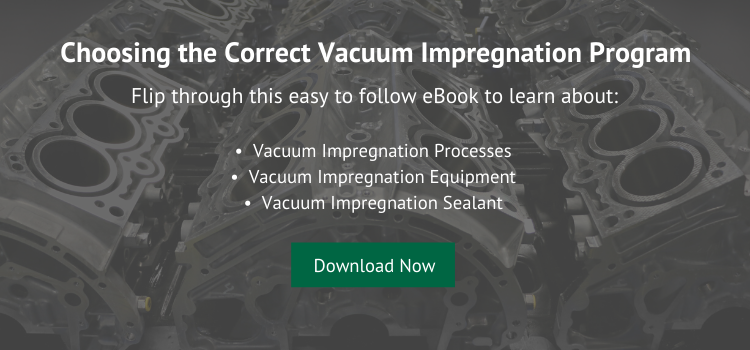The beginning of the 21st century was a turning point for vacuum impregnation equipment safety, and in less than two decades there have been significant improvements in that technology, a process that had been essentially unchanged for 70 years.
Developed in the 1950s, the process was adopted quickly in various industries, particularly in automotive and aerospace sectors, and it became the preferred method to seal die casting leak paths to prevent leakage of fluid or gases under pressure.
Until the mid-1980s, most automotive OEMs handled the vacuum impregnation process in-house. They used batch systems, in which workers would load multiple parts into large baskets for processing. To increase productivity the companies would increase the size of the process equipment, but this was accompanied by a reduction in finished product quality and process safety.
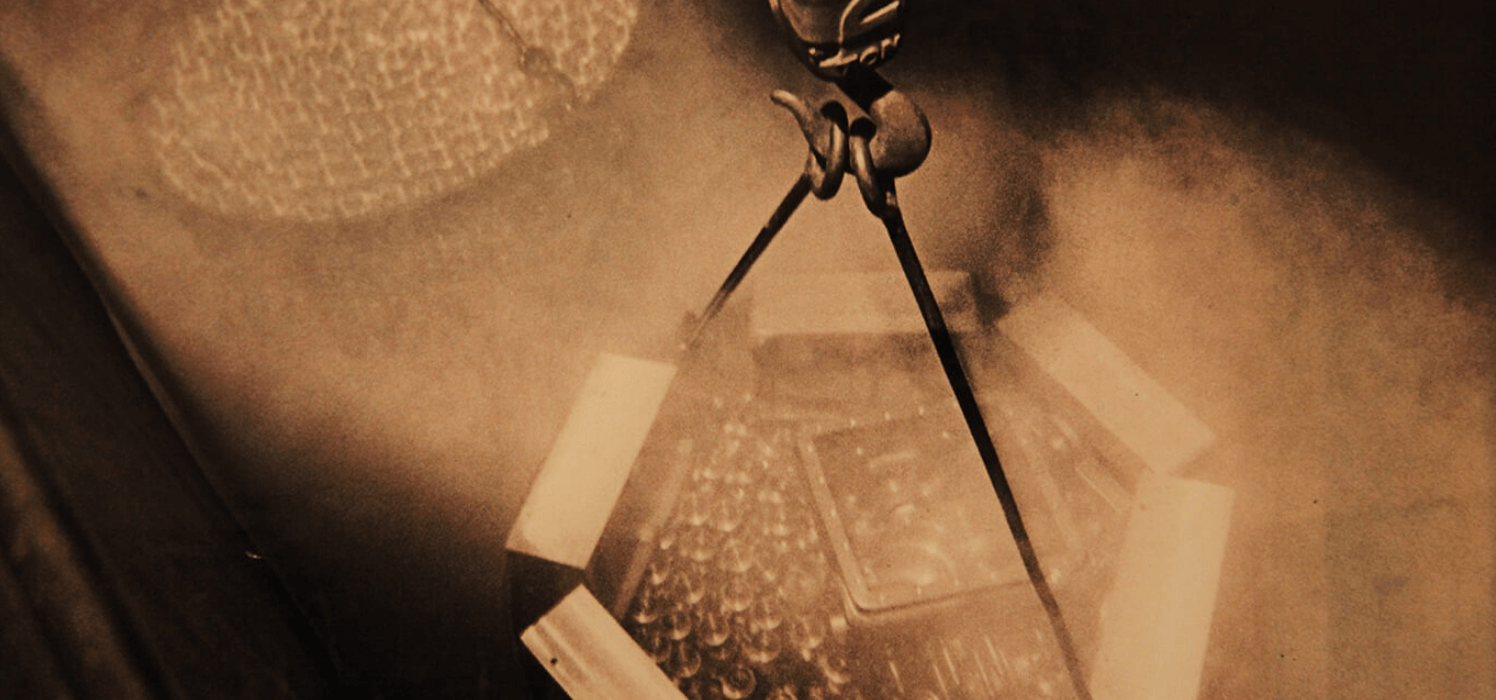
Equipment Safety Concerns
As other manufacturing operations (e.g., machining, pressure testing, and assembly) had been modernized, vacuum impregnation remained stagnant. Other operations became more cellular, more automated, more ergonomically sound and safer for operators, and in general more efficient. Vacuum impregnation, however, remained a manual process with significant safety concerns.
Among the safety concerns were:
Open Modules
Open modules would jeopardize operator safety. For example, an operator could be splashed with sealant or fall into an open, 800-gallon container of 195°F water.
Open Tanks
Open tanks would emit hot vapor with elevated Volatile Organic Compounds (VOC) levels, which could cause health problems.
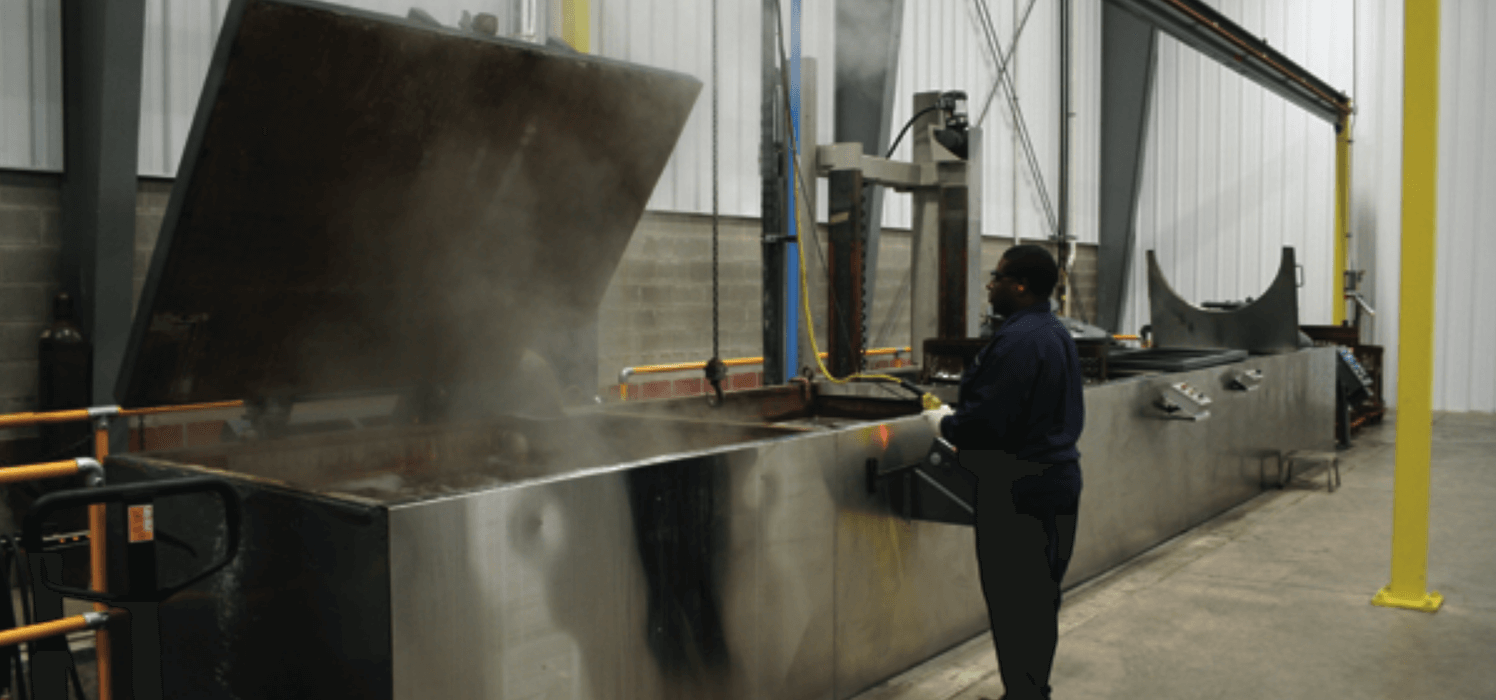
Liquids on the Floor
Since the modules are open; there was the risk that liquids will splash on the floor causing a slipping hazard.
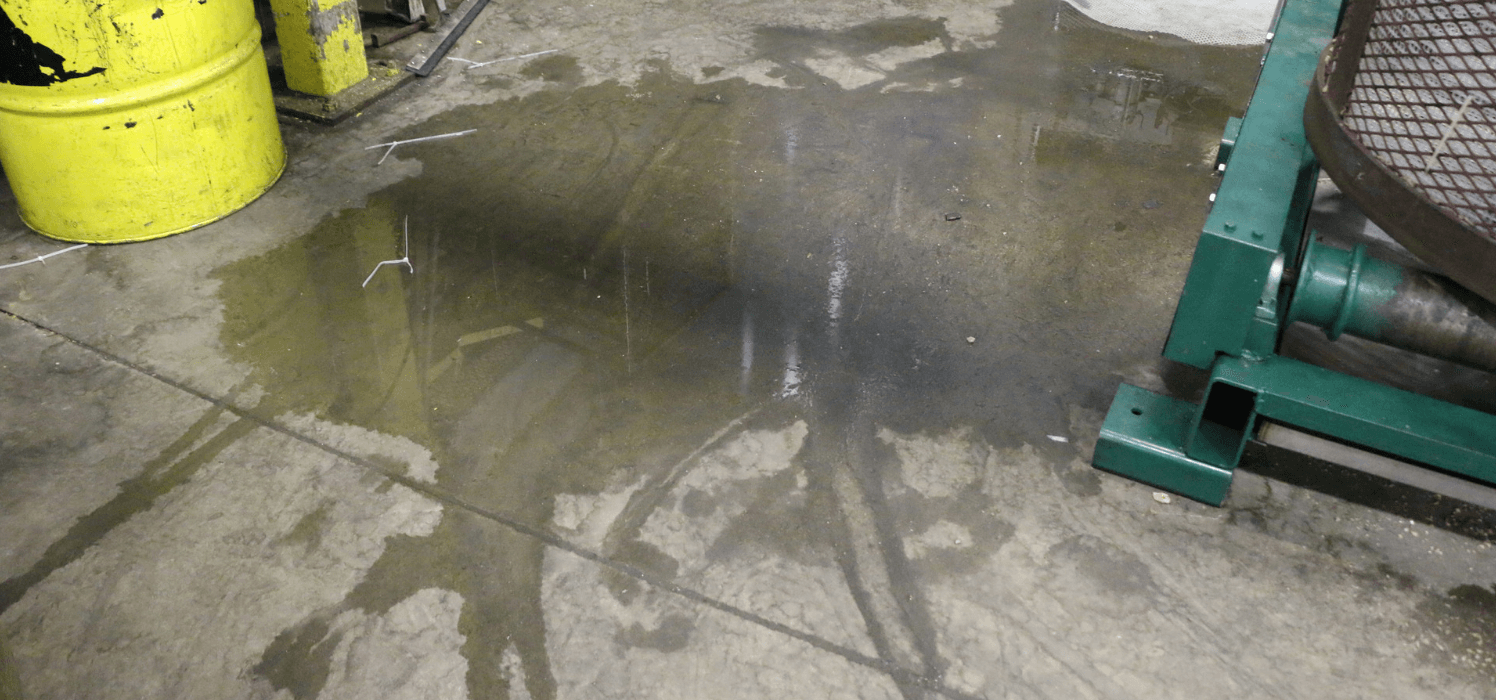
Overhead Equipment
System components like overhead hoist chains, actuating tank lids, locking rings and chain drives could cause injuries.
High Platforms
Operators needed to climb, descend, and stand on elevated platforms to load parts from the top. Operators had the risk of a potential fall and trip hazard.
Bulky and Heavy Baskets
Part baskets were bulky and heavy and moving them could create stress on the operator’s body or cause injury if mishandled.
Re-imagining Vacuum Impregnation
In the early 2000s, many OEMs brought vacuum impregnation in-house, intending to meet the volume demand for lighter, aluminum parts that increased in volume following the introduction of the Corporate Average Fuel Economy (CAFE) standards, and subsequent pressure to produce more fuel-efficient vehicles.
Systems were modernized to meet the demands of the new manufacturing environment. Rather than large, top-loading batch systems new equipment was designed to be front-loading and to process just single pieces or a small number of castings.
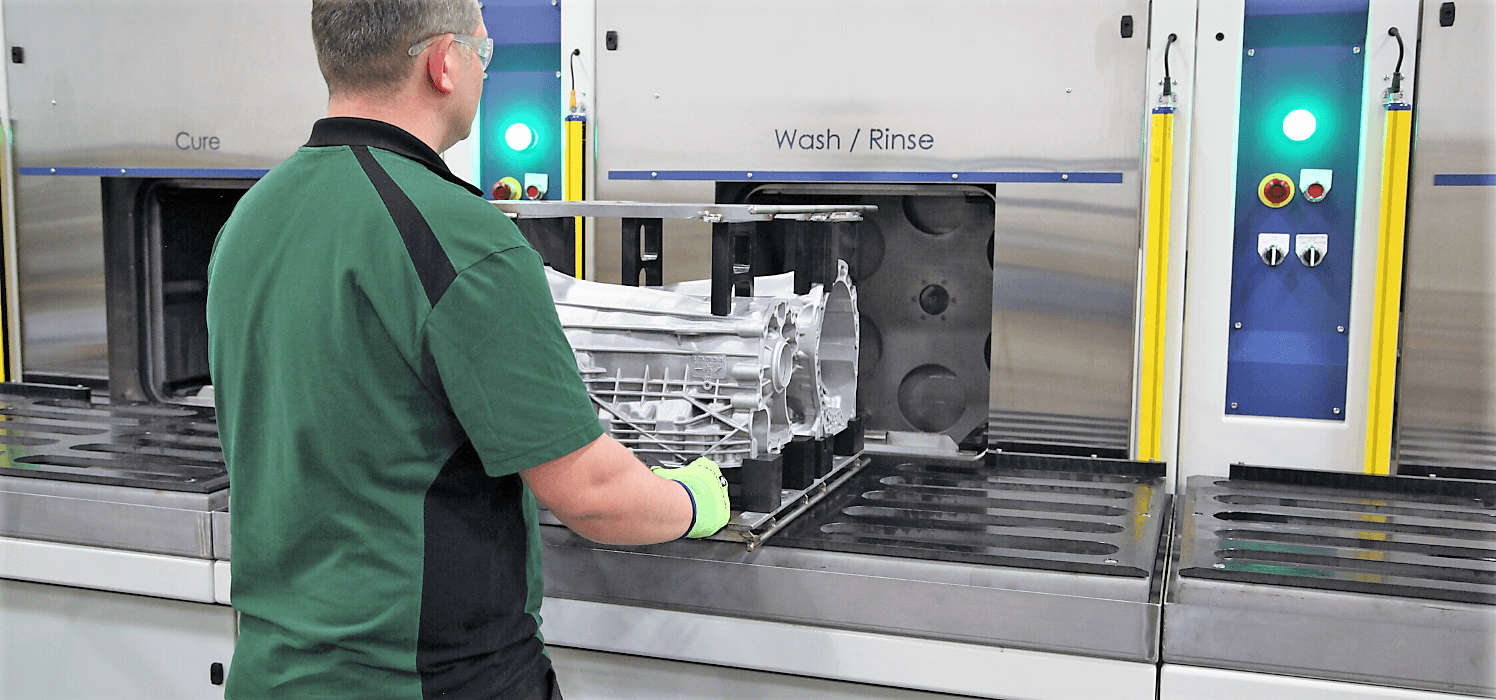
Incorporating robotic handling allowed parts to move continuously between each station. The robotics reduced cycle times and improved overall cycle time and production volumes. Operators work outside the robotic cells, interfacing with the system only as needed.
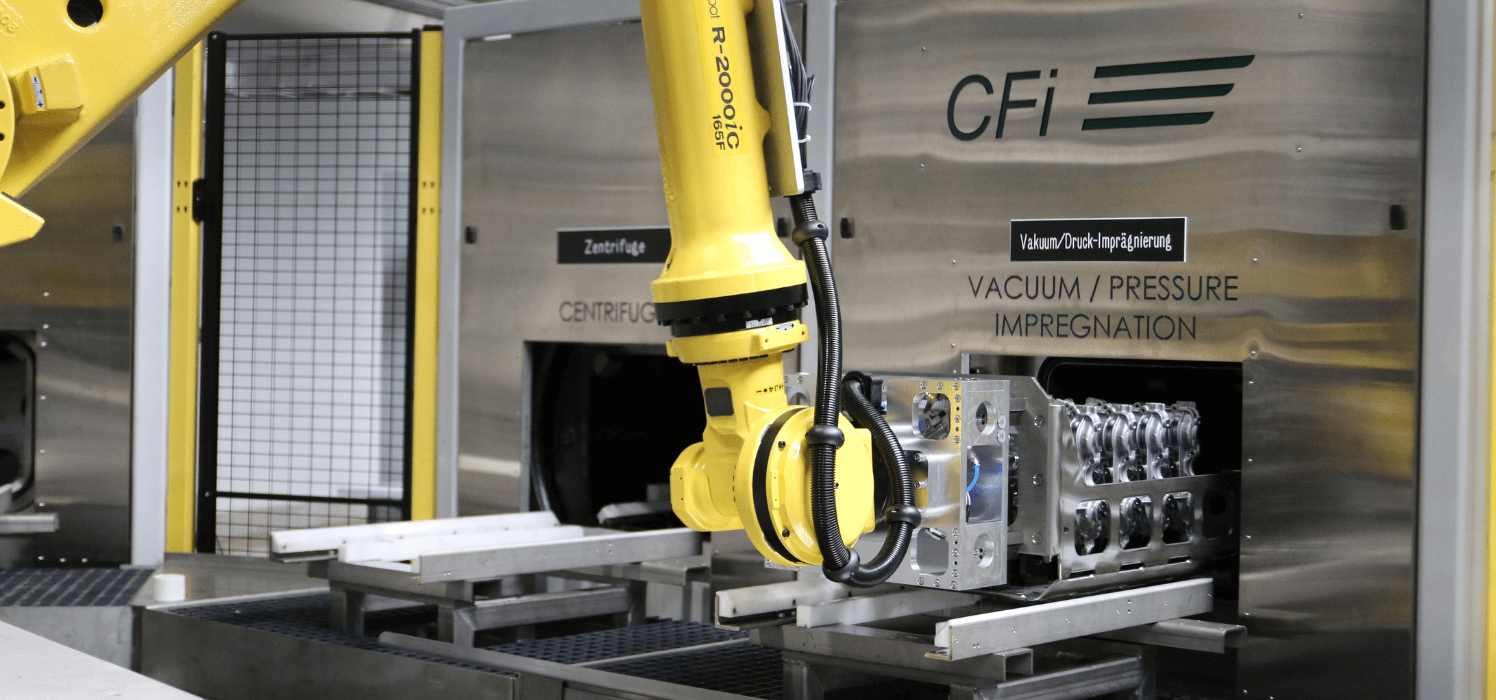
Automated impregnation technology then expanded to compact, manually operated systems, incorporating all the safety features of the fully automated robotic units. This allowed OEMs to bring vacuum impregnation in-house at a fraction of the cost. These new systems were smaller than batch systems and the cellular design enabled them to easily integrate with other production operations.
Now, the operators were safer than ever before as self-contained modules protected them from contact with sealant and hot fluids; mist eliminators collect water vapor in the exhaust and return it through a drain line for re-use and better ergonomics allow the operator to simply slide a lightweight fixture onto the platform for each module, eliminating the risk of injury.
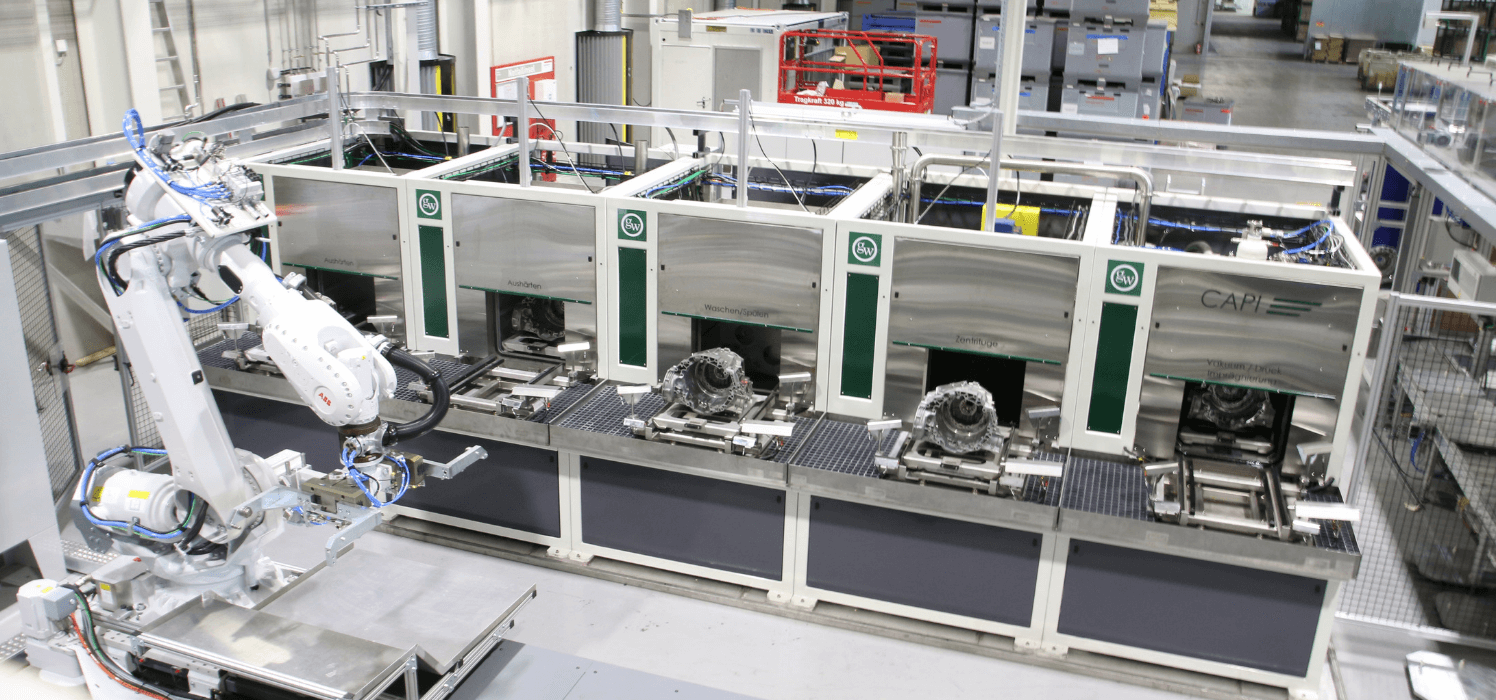
Conclusion
As the 21st Century continues, companies continue to wrestle with challenging design standards, fewer resources and shorter cycle times. Those that thrive will do so by increasing productivity, quality, throughput and cost reduction.
The vacuum impregnation systems of the past are no longer competitive, and the most competitive newer systems are those that will continue to offer safety to the operators, with increasing production volumes and the continuing effectiveness at eliminating casting defects.

